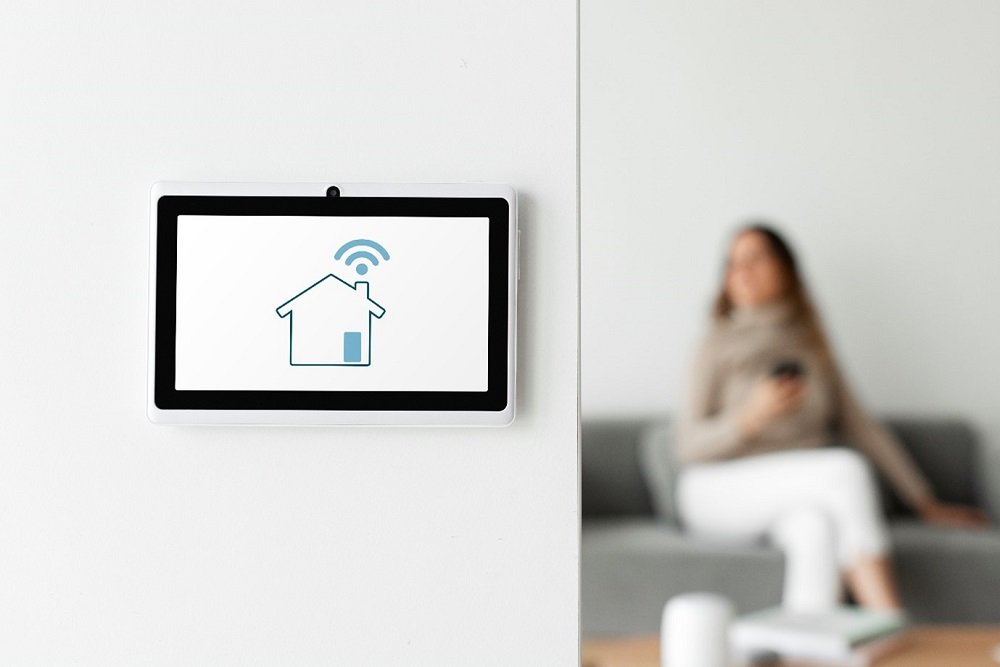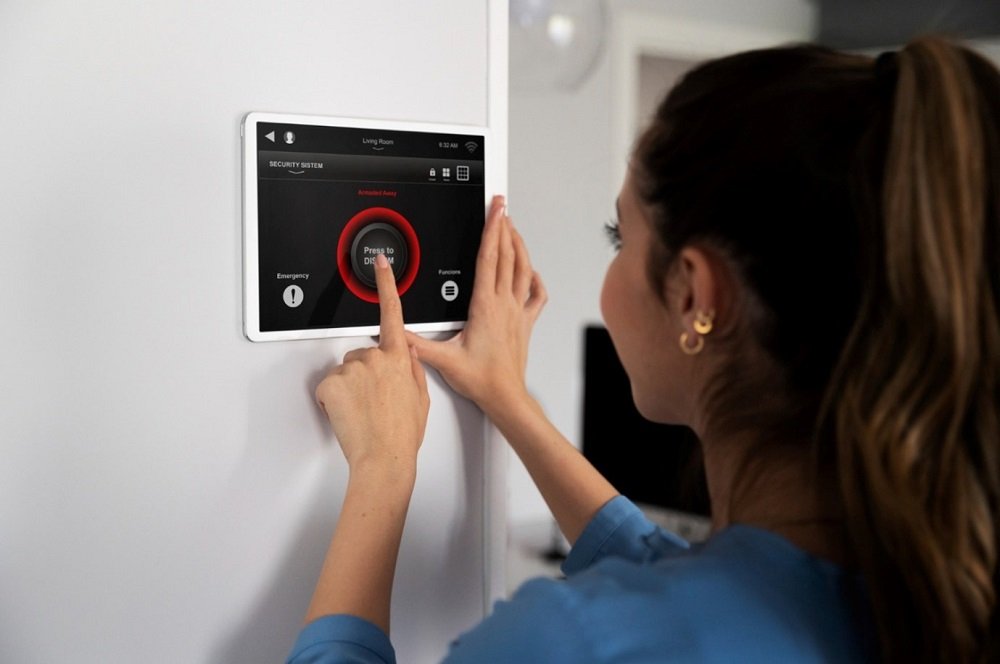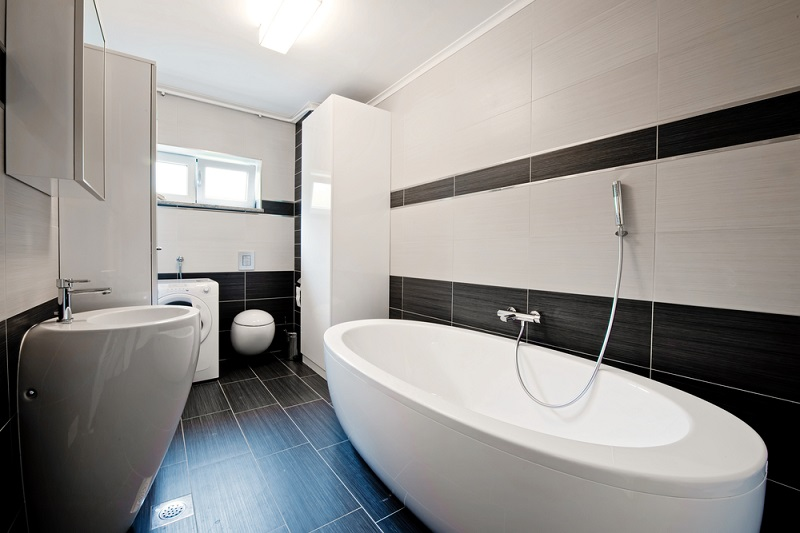Thinking about adding a home alarm system to your place? It’s a smart move, especially in Australia where homes range from cozy city apartments to sprawling rural properties. A home alarm system alerts you to break-ins, fires, or even medical emergencies, giving peace of mind when you’re at work or on holiday. With rising concerns about security in busy spots like Sydney or quiet suburbs in Brisbane, picking the right setup can protect what matters most. In this guide, we’ll chat about the basics, types, and tips tailored to Australian living. From dealing with our hot summers to following local rules, you’ll learn how a home alarm system fits into your home improvement plans. Let’s get started on making your space safer.
What Makes a Home Alarm System Essential?
A home alarm system is a network of sensors, sirens, and controls that detect threats and respond quickly. It starts with door and window contacts that trigger if someone forces entry, plus motion detectors for open areas. Many now link to your phone for instant notifications, tying into smart home trends like automated lights or locks.
In Australia, where homes often have large windows and backyards, a home alarm system covers vulnerabilities like sliding doors or garage access. Related features include smoke alarms for bushfire risks or flood sensors in coastal areas. It’s not only about stopping intruders—insurance companies often cut premiums by 10-20% for homes with a monitored home alarm system, making it a worthwhile home improvement.
Common components are:
- Control panel: The brain, often wall-mounted or app-controlled.
- Sensors: Magnetic for doors, PIR for movement.
- Siren and strobe: Loud alerts to scare off threats.
- Backup battery: Keeps it running during power outages, common in storms.
Understanding these helps you build a system that matches your lifestyle, whether you’re in a high-density Melbourne unit or a detached Adelaide house.
Benefits of Installing a Home Alarm System in Australia
Why bother with a home alarm system? Beyond basic security, it brings real advantages to Australian households facing unique challenges like remote locations or extreme weather.
First, it deters crime—visible signs and cameras make burglars think twice. In urban areas like Perth, where property crime is steady, stats show alarmed homes are 300% less likely to be targeted. Second, quick response times save lives; integrated fire alarms comply with Australian standards (AS 1670), alerting services faster than standalone units.
Energy efficiency ties in too—smart home alarm systems can shut off power to unused rooms, cutting bills. For families, medical alert buttons add elderly care, popular in aging communities like the Gold Coast. Environmentally, low-power wireless options reduce your carbon footprint, aligning with national green goals.
Examples include a Sydney family using their home alarm system to monitor kids after school via app, or a rural Victorian property linking it to livestock gates. These perks make a home alarm system a core part of modern home improvement, boosting safety and value.
Types of Home Alarm Systems to Consider
Australia offers various home alarm systems, from basic DIY kits to full professional installs. Choosing depends on your budget, tech comfort, and home size.
Wired vs Wireless Home Alarm Systems
Wired systems use cables for reliable connections, ideal for new builds or renovations where you can hide wires in walls. They’re less prone to interference but cost more upfront—around $1,000-3,000 installed.
Wireless home alarm systems shine for renters or quick setups, using radio signals and batteries. In Australia’s vast suburbs, they cover large areas without drilling. Battery life lasts 2-5 years, but check for models with solar backups in sunny spots like Darwin. Both types meet Australian Communications and Media Authority (ACMA) rules for signal strength.
Monitored vs Unmonitored Options
Unmonitored home alarm systems rely on sirens and your response—affordable at $200-800, great for low-risk areas. You get alerts on your phone, but no automatic help.
Monitored versions connect to a central station that calls emergency services if triggered, costing $30-60 monthly. In high-crime zones like parts of Brisbane, this 24/7 watch provides extra security. Australian providers often include police links, following state guidelines for false alarm limits to avoid fines.
Smart integrations, like with Google Home or Alexa, add voice control—wireless models lead here. For coastal humidity in Cairns, choose rust-resistant components to ensure longevity.
Installation, Maintenance, and Local Factors
Setting up a home alarm system doesn’t have to be overwhelming. Most take a day or two, with pros handling wiring and testing.
Steps for Smooth Installation
Start by mapping your home—place sensors at entry points and avoid dead zones. In multi-story Queensland homes, ensure coverage across floors. Follow Australian standards (AS 2201) for placement to catch intrusions early.
Hire licensed installers for compliance; DIY suits simple wireless kits but check warranties. Post-install, test weekly by arming and triggering sensors. Costs range $500-5,000, with rebates in states like New South Wales for energy-efficient models.
Ongoing Maintenance Tips
Batteries need swapping yearly, and clean dust from sensors in dry inland areas like Alice Springs. Software updates keep it secure against hacks—opt for encrypted systems.
In Australia, bushfire seasons mean fire-linked home alarm systems require annual checks per state fire services. Competitors offer maintenance plans, but basic DIY keeps costs low. Cultural notes: In multicultural Sydney, multilingual apps make systems user-friendly for diverse families.
Regulations vary—Victoria mandates monitored systems for rentals, while South Australia focuses on privacy with camera placements. Examples: A Melbourne apartment block integrated a shared home alarm system for communal security, or a Perth beach house added saltwater-proof casings.

Questions and Answers: Common Questions About Home Alarm System in Australia
Q: What’s the best home alarm system for a small Sydney apartment?
Ans: Go for a wireless kit with 4-6 sensors and app control—covers doors, windows, and motion without wires. Sydney’s urban noise means choose quiet models. Budget $300-600; add a camera for balcony views to meet local strata rules.
Q: Do I need a monitored home alarm system in Brisbane?
Ans: It depends on your area—yes for outer suburbs with higher break-ins, as it links to police faster. Brisbane’s humid weather suits outdoor-rated monitors. Monthly fees start at $25, and it qualifies for insurance discounts under Queensland guidelines.
Q: How does a home alarm system handle bushfires in rural Victoria?
Ans: Integrate smoke and heat sensors that trigger evac alerts. Victoria’s Country Fire Authority recommends battery backups. Wireless systems work well in remote spots; test during dry seasons to ensure signals reach mobiles.
Q: Can I install a DIY home alarm system in Perth rentals?
Ans: Yes, wireless options are renter-friendly—no permanent changes. Perth’s hot sun means solar-powered add-ons extend battery life. Check tenancy laws; remove it when moving, and it complies with Western Australia’s electrical safety standards.
Q: What maintenance does a home alarm system need in Adelaide?
Ans: Change batteries every 6-12 months and dust sensors quarterly—Adelaide’s dust can cause false alarms. Annual pro checks cost $100-200. For hard water areas, use sealed units to prevent corrosion.
Conclusion: Your Path to a Successful Home Alarm System in Australia
A home alarm system strengthens your home improvement by adding layers of protection tailored to Australia’s diverse needs, from city crime to rural risks. We’ve covered the essentials: components and benefits like deterrence and insurance savings, types such as wired or monitored setups, and practical installation with local tweaks like bushfire compliance and ACMA standards. Maintenance keeps it reliable, ensuring long-term value.
To get ahead, assess your home’s layout, compare wireless and monitored options within your budget, and consult a licensed installer for a custom plan. Start with a basic kit if testing the waters, then upgrade as needed. With these steps, your home alarm system will deliver security, convenience, and peace of mind for years in your Australian home.



